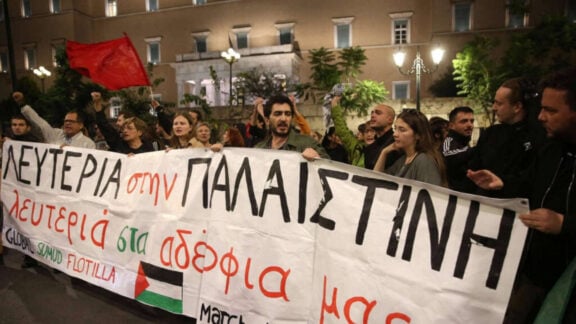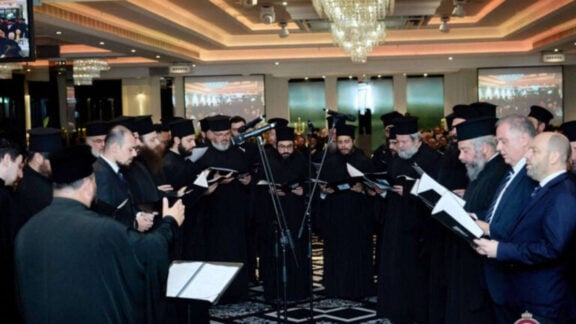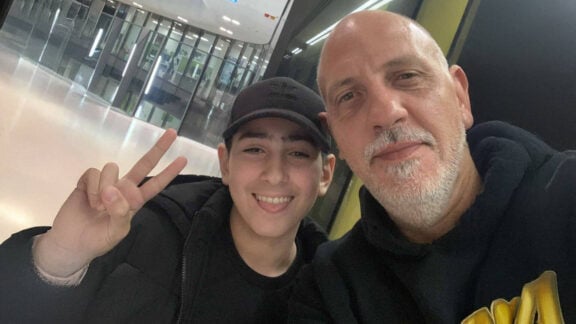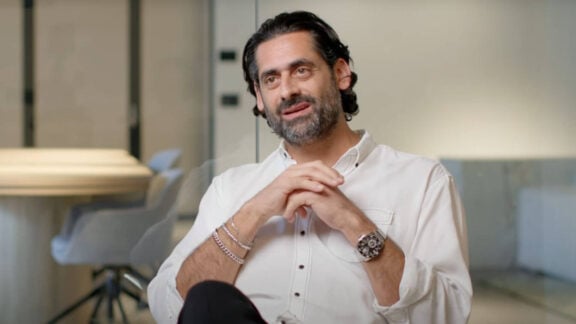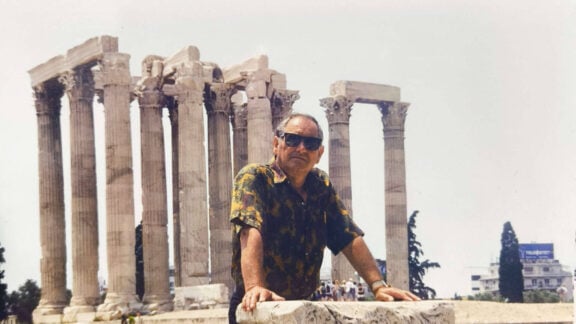One of the great lines from Monty Python film Life of Brian comes in a scene where the revolutionary Peoples’ Front of Judea is planning an insurrection against the Romans.
What makes the line funny is that, in answer to the above question, the revolutionaries in the room start rattling off all the things that the Romans did for them: the aqueduct, the health system, education, prosperity, and peace.
So when we look at what remains of ancient Greece, we look at parts that successive invaders, including the Romans and the Christian offshoot of the Romans, the Byzantines, have taken over. I’ve seen many old sites around the Peloponnesus, but never more so than in Ancient Olympia in the northwest, the 1000-year site of the ancient Olympics.
Today, this historical place is not just Greek. There are four levels of city crashed on top of each other. First, the neolithics lived in the area two or three thousand years before the ancient Greeks even dreamed of such a thing as a sporting contest. Then came the Greek Olympians.

They were never in a busy habitat here, except in the once-in-four-years running of the Olympics. Still, there were people there and the sporting venues, and officials built offices and municipal facilities as well as Temples and sites dedicated to the various Gods, including a massive temple for Zeus.
Of course, the Romans were bound to reach Olympia. When they did, they seemed tolerant of the Games, allowing them to continue for hundreds of years. That’s not to say they left Olympia alone. They were not fans of idolatry, or at least idolatry to anyone but the Emperors.
They replaced or adapted many of the original features to suit themselves. For example, the statues of Olympic champions were taken down and replaced by marble likenesses of Titus and other Caesars and even their wives, with Agrippina getting a stature on the site. It didn’t end with the Romans.
The Byzantines then built on top of the Greek foundations, using their distinctive flat, rectangular tiles resting on and jarring in style against the enormous blocks the Greeks had used. It probably says something that many of these big Greek blocks still exist while the Byzantine tiles are crumbling away in many places.

There is another side of the story, though. In building on the Greek foundations, the Romans and Byzantines inadvertently preserved what the Greeks had made 1000, 2,000 years before. In the Museum and ancient Olympia are Greek pottery, weaponry and all kinds of artefacts that date before the destruction of Troy, which is more than 1000 years before Christ.
These artefacts have only been recovered in the last hundred years or so. In a contradictory way, the invaders, the conquerors, may have done Greece a favour by keeping this ancient architecture partially intact by building new onto old.
Also, they unwittingly preserved much underground by not allowing it to fall into neglect. Not ideal, but something. Indeed, the Romans did help, to some degree, the preservation of Greek antiquity. For today’s archaeologists, this presents a difficulty. Should they consider preserving ancient Greek Greece, Roman Greece, and Byzantine Greece? Today, Greece is not rich; even with UNESCO support, it can do a limited amount. In ancient Olympia’s main Temple of Zeus, Greece could only re-erect one column in the corner to mark the Athens 2000 Games.
I don’t know if, with much more funding, there could be more of this temple restored.

There are certainly plenty of ancient stone pieces lying around.
There are extraordinary sights of columns lying cascaded off the temple shelf. These columns fell in an earthquake around 500AD. That’s 1700 hundred years that these massive blocks have been lying there. The repairer in me wants to book a crane and lift them back into place. It’d have to be a giant crane. But then again, there is history in those fallen blocks. It’s direct evidence of the damage caused by the earthquake.
If history is long enough, more reconstructions will take us back to the original Greek times. But decisions would need to be made. Do you dismantle the later Byzantine construction? It may not be as old as the oldest Greek remnants, but it is history, too. It has value. I’m glad these decisions will be left to others.
Dr. Phil Kafcaloudes, a veteran journalist in radio and TV, he hosted a Radio Australia show for nine years and worked as a political reporter at ABC TV News. He’s an acclaimed author, and his novel “Someone Else’s War” gained him extensive recognition, he’s also received the JERAA national teaching award for his contributions to teaching.

